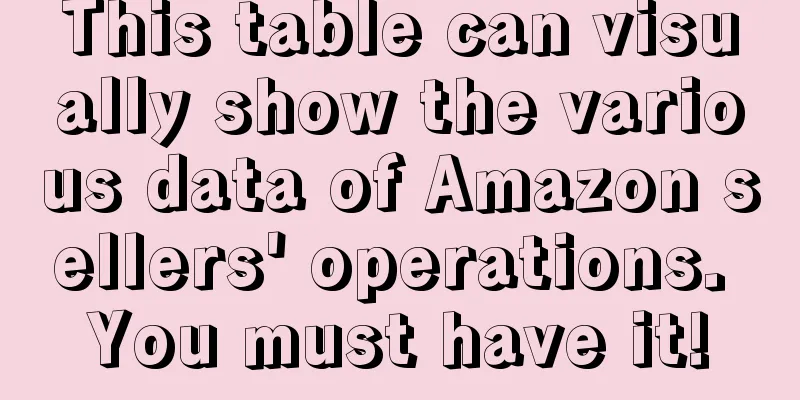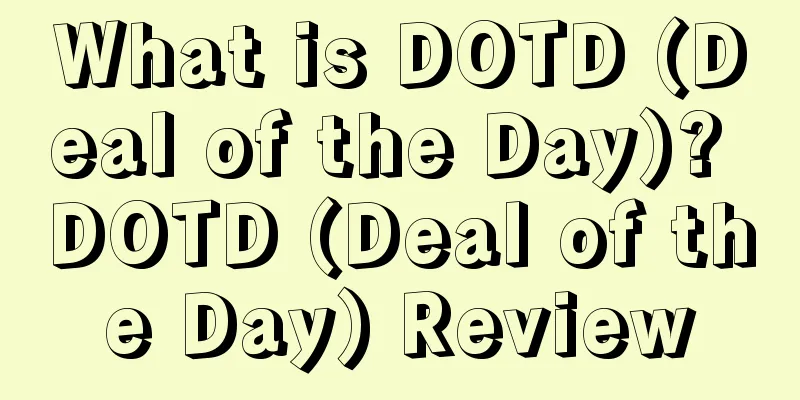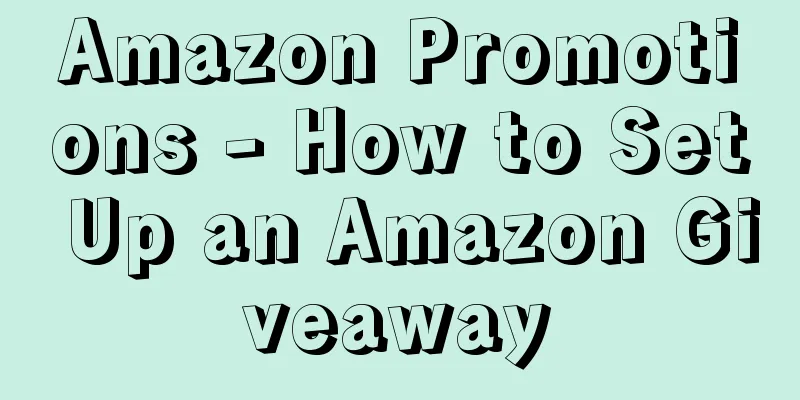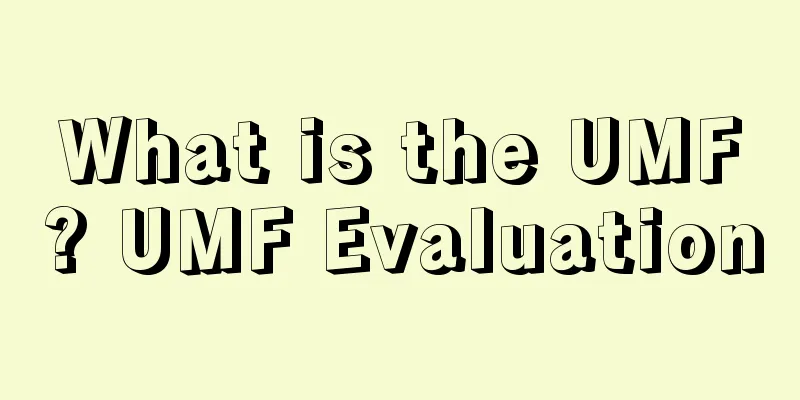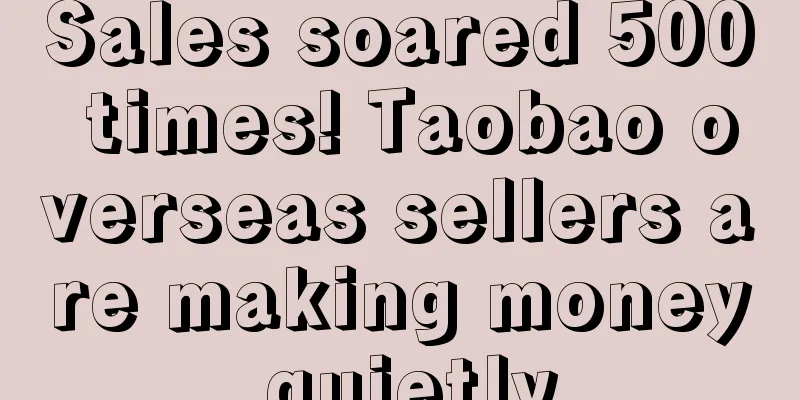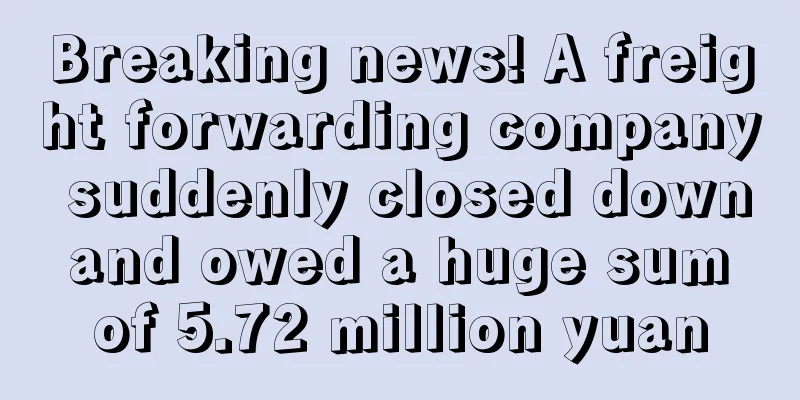How to get more natural traffic distribution from Amazon links? What kind of results are considered successful promotions?
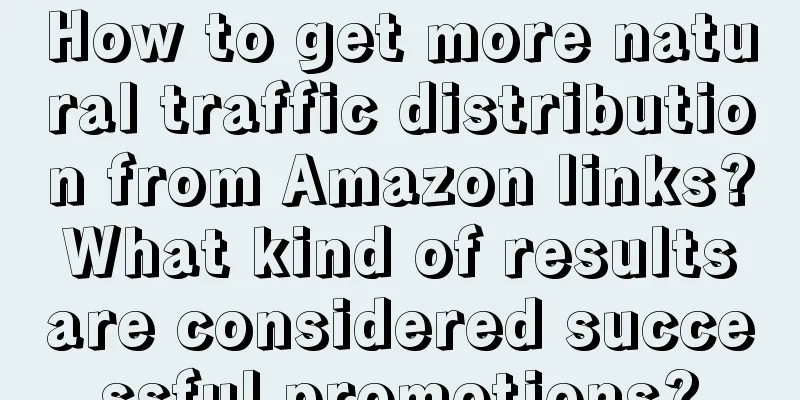
|
Qiaotuntun “To achieve high sales volume…” “To get a very high BSR ranking…” Indeed, on the surface, what we want are results such as sales volume and BSR ranking, but in essence, is this really the result we want from our promotion? In fact, the essential result of our promotion should be that the system allocates more natural traffic. With the inflow of natural traffic, sales and ranking will naturally come as a result. Therefore, a successful Amazon promotion should revolve around the theme of "how to make links obtain more systematic natural traffic distribution". Amazon's natural traffic is mainly divided into two categories: one is the traffic brought by the natural ranking of search results, and the other is the associated traffic on the product page. Many operation partners should have had this experience: if a link does not have an advantage in the natural ranking of industry keywords, its share of natural orders will usually not be high; and some links will not bring in natural traffic no matter how they are promoted - even for top competing products. why is that? The reason is that, by comparison, the proportion of search traffic on the Amazon platform is currently higher than that of associated traffic, and the number of orders for industry big words accounts for most of the order volume of search traffic. So when your link cannot obtain the advantage of big word rankings, it can only rely on some small words to support the order volume, and then its natural order share will be difficult to increase - unless there are a lot of large and small keywords in this category. If no natural traffic links can be generated no matter how hard you push it, it’s usually because the category itself relies on associated traffic to obtain natural orders, there are no clear keywords, or the keyword search volume is too small to form a large natural search traffic order - this is the drawback of platforms like Amazon that use search to dominate the user's purchasing behavior path. So, how do you get more organic traffic from your links? First of all, you need to figure out what type of product your link belongs to. If there is no clear keyword or the keyword search volume is small, try to expand the order volume of such a link as much as possible to generate related traffic with various products. If your link has clear keywords with a large enough search volume, then we will promote it around the keywords. In fact, promotion becomes a propositional essay. “Now, the natural ranking of the industry keywords AB that I linked to is outside the third page. I need to make it run to the top position of the second page. What should I do? The natural ranking of the keyword ABC that I linked to hovers between 20 and 40 on the homepage. I want to stabilize it (relatively) at 20. What should I do?…” We need to start our promotion plan based on the "essay proposition" given to us by the current needs of our link. AB's natural ranking is outside the third page. To make it run to the second page, we need to increase its order volume and design advertisements for this word. ABC's natural ranking is not stable enough, probably because its daily sales are in a state of fluctuation. We just need to increase and stabilize the order volume for this word. Of course, if we can control the increase of its conversion rate at the same time, it will definitely be more beneficial to the promotion - you can use coupons, adjust prices, and go to BD. According to this logic, designing each advertising campaign purposefully is the key to the success of our promotion. However, we often see that when sellers use WOOT BD for promotion, they do not form such logic, such as - Links that were already in the keyword promotion stage were used in various advertising campaigns regardless of their importance; in a manual advertising campaign, hundreds of keywords were placed regardless of their size. In this case, how can an advertising design without logic complete the “essay” of links? Therefore, our promotion process, on the surface, is a process of creating "more sales", but its essence should actually be a process of "creating better data performance for the target keywords than competitors." Therefore, if you sell thousands of units on a certain day with a conversion rate of 30%, but it is only that day, the distribution of natural traffic you obtain will not change significantly; if your link only has data performance of more than 10 orders per day all year round, it will naturally not be highly valued by the system. Our inventory and advertisements are used to create keyword data during the promotion process, serving to improve and stabilize the final natural ranking of keywords. This is the product promotion logic that we should understand. Finally, let’s talk about the role of WOOT BD in the promotion process. First of all, it should be made clear that WOOT is not a traffic-generating tool. After it follows and sells your link, it will not attract huge traffic. It just solves the problem of BD on the link - no BD recommendation/inflexible time period/short activity time. The essence of BD is nothing more than - improving conversion rate through promotion effect. Secondly, according to the above promotion logic, we need to use WOOT’s seller account to place advertisements in order to obtain natural keyword rankings. |
Recommend
The top three apps by downloads during the 2021 US holiday shopping season: Amazon, Walmart, and Target!
More than half (55%) of U.S. online consumers down...
The latest developments of Brexit! Are European sellers panicking?
On July 13, the British government released a new...
What is WowLister? WowLister Review
WowLister is a tool that can convert Amazon produc...
Global port congestion limits raw material supply! Factory capacity cannot keep up with market demand
According to the latest research by analysts at th...
Domestic fishing tools are urgently recalled by CPSC! Available on Amazon and Walmart!
<span data-shimo-docs="[[20,"获悉,据外媒报道,12月2...
Directly refund money based on sales?! Amazon’s new policy is ready to spend money!
Amazon recently launched a new subsidy program, w...
What is Algopix? Algopix Review
Algopix is a free market research tool that allo...
What is ManoMano? ManoMano Review
ManoMano was founded in 2013 by Philippe de Chanvi...
What is Jaaxy? Jaaxy Review
Jaaxy is a powerful keyword analysis tool that all...
What is Shenzhen Merrill Lynch? Shenzhen Merrill Lynch Review
Shenzhen Merrill Lynch United International Freigh...
[Continued] My destiny is in my own hands -- I relied on Amazon to achieve a comeback
Preface Author: Alice Qian Many people have heard...
Sellers' revenue doubled in half a year! Uncovering Walmart's supplier DSV plan
Recently, many sellers have inquired about Walmar...
What is partnersmk? partnersmk review
partnersmk is an international B2C fast fashion e-...
What is Zazzle? Zazzle Review
Zazzle is a marketplace for custom products where ...
What is Yatego? Yatego Review
Yatego is a German-language e-commerce platform th...
